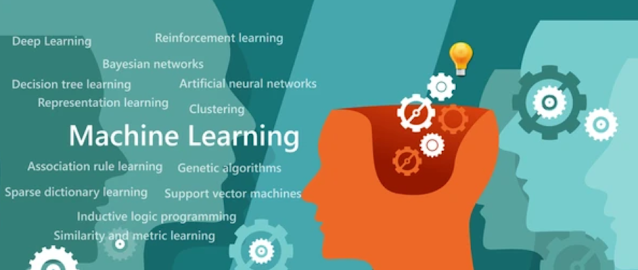The Basics of Machine Learning Algorithms Explained
Machine Learning algorithms form the backbone of the field, enabling computers to learn from data and make predictions or take actions. These algorithms are designed to discover patterns and relationships within the data and generalize that knowledge to new, unseen instances. In this explanation, we will cover the basics of machine learning algorithms.
Supervised Learning Algorithms:
Supervised learning algorithms learn from labeled data, where the input variables (features) are associated with known output variables (labels). The goal is to learn a mapping function that can accurately predict the labels for new, unseen instances.
- Linear Regression: This algorithm models the linear relationship between the input variables and the target variable. It finds the best-fit line that minimizes the difference between predicted and actual values.
- Logistic Regression: Logistic regression is used for binary classification problems, where the target variable has two classes. It estimates the probability of an instance belonging to a particular class using a logistic function.
- Decision Trees: Decision trees partition the data based on feature values and make decisions using a tree-like structure. Each internal node represents a decision based on a specific feature, and each leaf node represents a predicted outcome.
- Random Forest: Random Forest is an ensemble learning method that combines multiple decision trees to make predictions. It improves accuracy by averaging predictions from different trees.
- Support Vector Machines (SVM): SVMs aim to find the best hyperplane that separates data into different classes with the maximum margin. It is effective for both linear and nonlinear classification tasks.
- Naive Bayes: Naive Bayes is based on the Bayes theorem and assumes independence between features. It calculates the probability of an instance belonging to a class given its feature values.
Unsupervised Learning Algorithms:
Unsupervised learning algorithms learn from unlabeled data and identify patterns or structures within the data without any predefined target variable.
- Clustering: Clustering algorithms group similar instances together based on their similarity or proximity. Common clustering algorithms include K-means, Hierarchical Clustering, and DBSCAN.
- Dimensionality Reduction: These algorithms reduce the dimensionality of the data by extracting the most relevant features. Principal Component Analysis (PCA) and t-SNE (t-Distributed Stochastic Neighbor Embedding) are commonly used for dimensionality reduction.
- Association Rule Learning: Association rule learning discovers interesting relationships or associations among different items in transactional data. It is often used for market basket analysis and recommendation systems.
Reinforcement Learning Algorithms:
Reinforcement learning algorithms learn through interaction with an environment. An agent receives feedback in the form of rewards or punishments, enabling it to learn optimal strategies.
- Q-Learning: Q-learning is a model-free reinforcement learning algorithm that learns the optimal action-value function by exploring and exploiting the environment.
- Deep Q-Networks (DQN): DQN is a deep reinforcement learning algorithm that combines Q-learning with deep neural networks. It has been successfully used in playing complex games.
- Policy Gradient Methods: These algorithms directly optimize the policy function, which maps states to actions, to maximize the expected rewards.
These are just a few examples of the many machine learning algorithms available. Each algorithm has its strengths, weaknesses, and specific use cases. The choice of algorithm depends on the nature of the problem, the type of data, and the desired outcome. As machine learning continues to advance, new algorithms and techniques are being developed, providing even more options for solving complex problems and extracting valuable insights from data.











